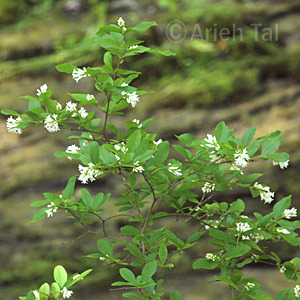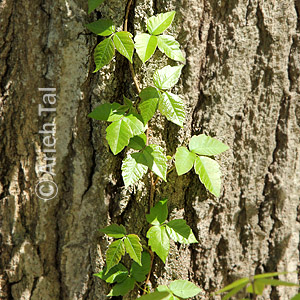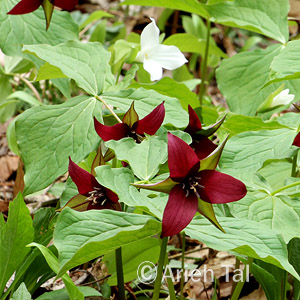| . | |||
|
xxTrees |
 |
||
| . | |||
| xShrubs |  |
||
| . | |||
|
xWoody xxVines |
 |
||
| . | |||
| xxFerns
|
 |
||
| . | |||
| Grasses
xSedges xRushes |
 |
||
| . | |||
| xxWild flowers |
 |
||
| . | |||
|
. ** Plant
Finder ** |
| Home | Species Descriptions | ||
|
. |
|||
|
. |
|||
.
|
Hints |
| Trees, shrubs and some types of
vines have woody trunks or stems.
Trees and shrubs have upright trunks or stems, and are self-supporting. Woody vines usually scramble across the ground and/or climb on top of other plants or objects for support. Trees are capable of growing taller than 15 feet, though there a few species that may sometimes be shorter, such as mountain maple (Acer spicatum) and striped maple (Acer pensylvanicum). Those species are often referred to as "understory trees". Trees usually have one trunk, while shrubs are more likely to have multiple "trunks" or stems. Roses, blackberries and wild currants are considered shrubs in this key. |
| Several low-growing plant species appear to be herbaceous (non-woody) wildflowers, but are considered by botanists to be "sub-shrubs" because their stems have woody bases. These include, but are not limited to, wild sarsaparilla (Aralia nudicaulis) and trailing arbutus (Epigaea repens). In this plant finder, search for these together with herbaceous wildflowers. |
| Herbaceous (non-woody) vines (e.g., hog peanut) are also treated here along with "wildfowers". |
.
.
|
Images and text copyright Arieh Tal, 2017-2022. All rights reserved. ( Terms of Use ) |